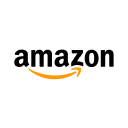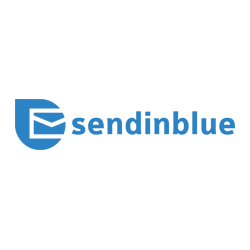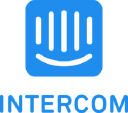Our Unique Pricing Model Got Us To $40K/Month As An Educational Business
Hello! Who are you and what business did you start?
Hey 👋 I’m Ajay Prakash, the founder of EntryLevel.
EntryLevel helps you learn and get project experience so you can land a tech job.
We started back in 2021 with the mission to make tech education more accessible. We run cohort-based programs, which ended up being a hit in Nigeria, Kenya, Ghana, and India. We’re also operating in Australia, the US, Canada, and more.
Now, you might be thinking “Great, another online course. I can get the same thing on YouTube for free.”
But that’s where EntryLevel’s magic is. You can’t get the same experience on YouTube, Coursera, or any other online learning platform - because it’s too scattered and overwhelming. “I was all over the place,” one learner told us. “EntryLevel was one of the best decisions I made because it helps me focus.”

Here’s how we do that in just 6...

Download the report and join our email newsletter packed with business ideas and money-making opportunities, backed by real-life case studies.

Download the report and join our email newsletter packed with business ideas and money-making opportunities, backed by real-life case studies.

Download the report and join our email newsletter packed with business ideas and money-making opportunities, backed by real-life case studies.

Download the report and join our email newsletter packed with business ideas and money-making opportunities, backed by real-life case studies.

Download the report and join our email newsletter packed with business ideas and money-making opportunities, backed by real-life case studies.

Download the report and join our email newsletter packed with business ideas and money-making opportunities, backed by real-life case studies.

Download the report and join our email newsletter packed with business ideas and money-making opportunities, backed by real-life case studies.

Download the report and join our email newsletter packed with business ideas and money-making opportunities, backed by real-life case studies.










































